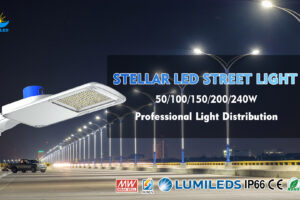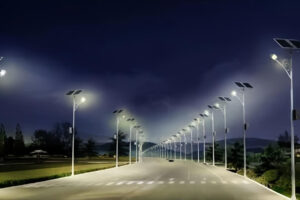You installed outdoor lights expecting security, but they either stay on all night or don’t turn on when needed. This leads to wasted energy, security risks, and frustration. A properly working motion sensor light ensures efficiency, security, and convenience.
Motion sensor lights detect movement using different technologies like infrared, microwave, or active sensors to automatically switch lights on and off. These lights are energy-efficient, provide security, and work for both indoor and outdoor applications. Understanding how they function helps you choose the right one for your needs.
Let’s explore the different types, benefits, and applications of motion sensor lights.
Table of Contents
How Does Motion Sensor Light Work?
Motion sensor lights operate using advanced sensing technologies that detect movement and automatically turn lights on or off. These lights enhance convenience, security, and energy efficiency by ensuring that lights only activate when needed. They are commonly used in outdoor security lighting, indoor hallways, bathrooms, garages, and commercial spaces.
- Detection of Movement
When a motion sensor detects movement, it sends a signal to the light fixture’s control system. The light remains off until motion is detected within the sensor’s range. -
Activation of the Light
Once movement is detected, the light turns on automatically. The brightness level and duration of illumination depend on the sensor settings. Some motion sensor lights allow users to adjust the sensitivity and timer settings. -
Auto Shut-Off
If no further movement is detected within a specific time frame, the light automatically turns off to save energy. The shut-off delay can typically be adjusted to ensure the light remains on for a desired period.
By integrating motion sensor lights into homes and businesses, users can experience enhanced security, energy efficiency, and hands-free convenience, making them a practical lighting solution for various environments.

Different Types of Motion Sensors for LED Lights
Motion sensor lights rely on various sensor technologies to detect movement and activate lighting automatically. These sensors enhance energy efficiency, security, and convenience by ensuring that lights turn on only when necessary. Each type of motion sensor operates differently and is suited for specific applications. Below are the most common types of motion sensors used in LED lighting systems.
Passive Infrared (PIR) Sensors
PIR sensors detect motion by sensing changes in infrared radiation, which is naturally emitted by people, animals, and vehicles. These sensors are widely used in residential lighting, security systems, and indoor automation.
- Work by detecting heat signatures and motion within their detection range.
- Activate lights only when a heat-emitting object moves, reducing false activations caused by non-living objects.
- Most effective in outdoor security lighting, hallway lights, and residential automation systems.
- Limitations: PIR sensors do not detect movement through walls or obstacles and may not work effectively in extreme temperatures.
Microwave (MW) Sensors
Microwave sensors use radio waves to detect motion by measuring the reflections of emitted microwave pulses. They are highly sensitive and can detect movement even through walls, glass, or thin partitions.
- Continuously emit microwave signals and detect changes in reflected waves caused by moving objects.
- Offer a wider detection range than PIR sensors and are effective in detecting small and large movements.
- Commonly used in commercial buildings, industrial areas, and outdoor security systems.
- Limitations: Microwave sensors may be too sensitive, leading to false activations due to minor movements such as tree branches or small animals. They also consume more power than PIR sensors.
Ultrasonic(Radar) Sensors
Ultrasonic(Radar) sensors operate by emitting high-frequency sound waves and measuring the time it takes for the waves to bounce back. If movement is detected, the sensor triggers the LED light to turn on.
- Detect both large and small movements, making them ideal for areas where precise motion detection is needed.
- Can detect motion in enclosed spaces, even around corners and obstacles.
- Commonly used in office buildings, restrooms, hospitals, and warehouses where hands-free lighting is required.
- Limitations: These sensors can be affected by background noise and may trigger false alarms due to airflow changes or mechanical vibrations.
Dual Technology Sensors
Dual technology sensors combine two different sensor technologies, such as PIR and microwave or PIR and ultrasonic, to improve detection accuracy while minimizing false activations.
- Require both sensor types to detect movement before triggering the light, reducing unnecessary activations.
- Offer better reliability in environments with fluctuating temperatures or moving background objects.
- Ideal for commercial offices, high-security areas, and environments where precision is crucial.
- Limitations: These sensors can be more expensive and require proper calibration to function correctly.
Choosing the Right Motion Sensor for LED Lights
The best motion sensor depends on the specific application and environment:
- For home security and residential lighting, PIR sensors are the most cost-effective and reliable option.
- For large commercial and industrial spaces, microwave sensors offer a wider detection range and can sense motion through obstacles.
- For enclosed areas like bathrooms and offices, ultrasonic sensors provide precise motion detection for automatic lighting.
- For areas requiring high accuracy and fewer false triggers, dual technology sensors are the best choice.
By selecting the right motion sensor type, LED lighting systems can be optimized for energy efficiency, security, and user convenience in both residential and commercial applications.
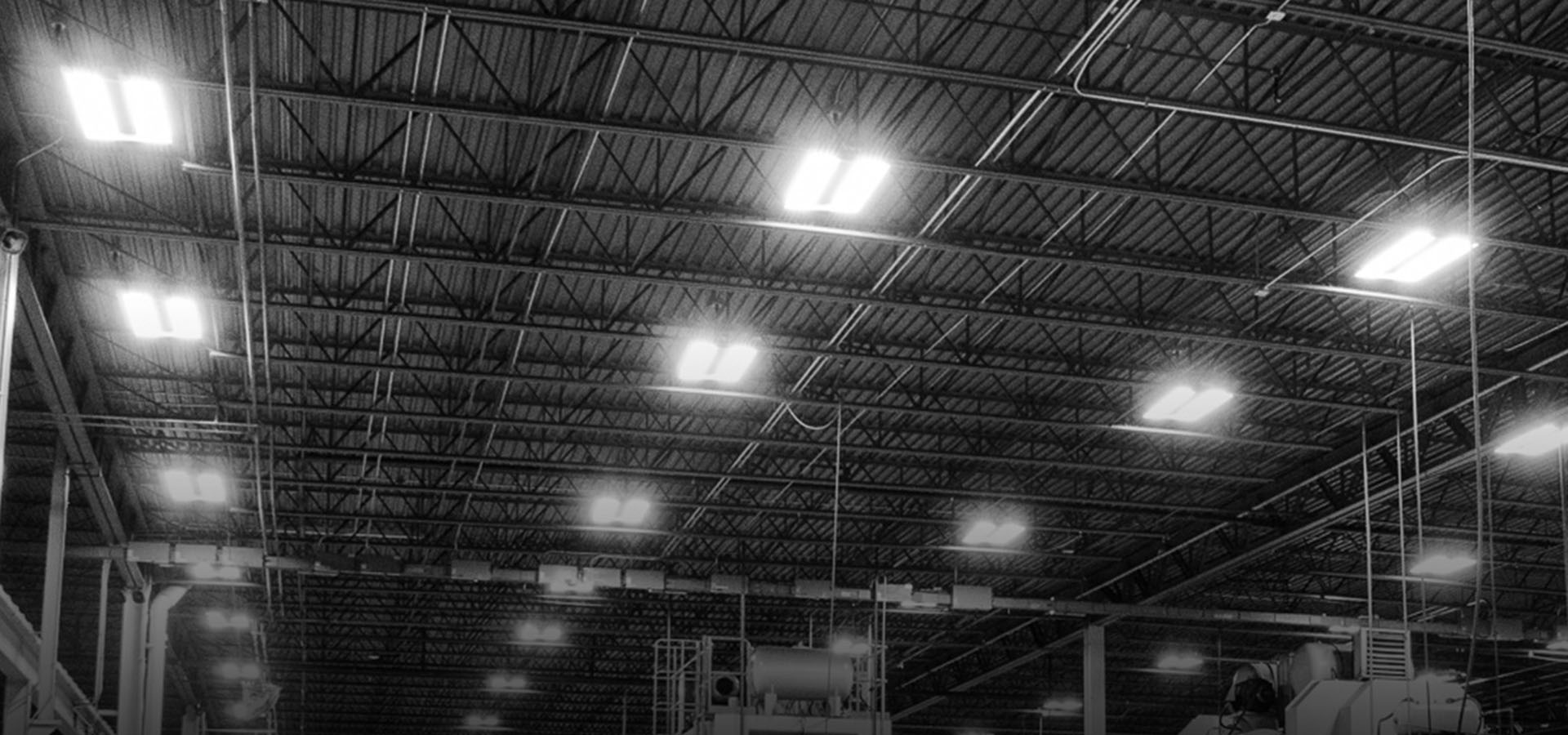
What Is the Difference Between a Light Sensor and a Motion Sensor?
Light sensors and motion sensors are two different types of detection systems used in lighting automation. While both contribute to energy savings and convenience, they serve distinct purposes and function differently.
Light Sensor
A light sensor, also known as a photocell sensor or daylight sensor, detects ambient light levels and adjusts lighting accordingly. It is primarily used for automatic daylight adjustment, ensuring that lights turn on or off depending on the natural brightness in the environment.
How it works:
– The sensor continuously measures the surrounding light intensity.
– If natural light is sufficient, the sensor keeps the lights off to conserve energy.
– When it gets dark, such as at dusk or in cloudy weather, the sensor automatically turns the lights on.
Common applications:
– Streetlights and outdoor lighting – Automatically turn on at night and off at sunrise.
– Smart indoor lighting – Adjusts brightness levels based on natural light availability.
– Solar-powered lights – Ensures energy-efficient operation by using daylight detection.
– Office and commercial buildings – Works with daylight harvesting systems to reduce electricity use.
Limitations:
– Cannot detect motion, making it ineffective for security lighting.
– Only responds to ambient light levels and does not adjust based on human activity.
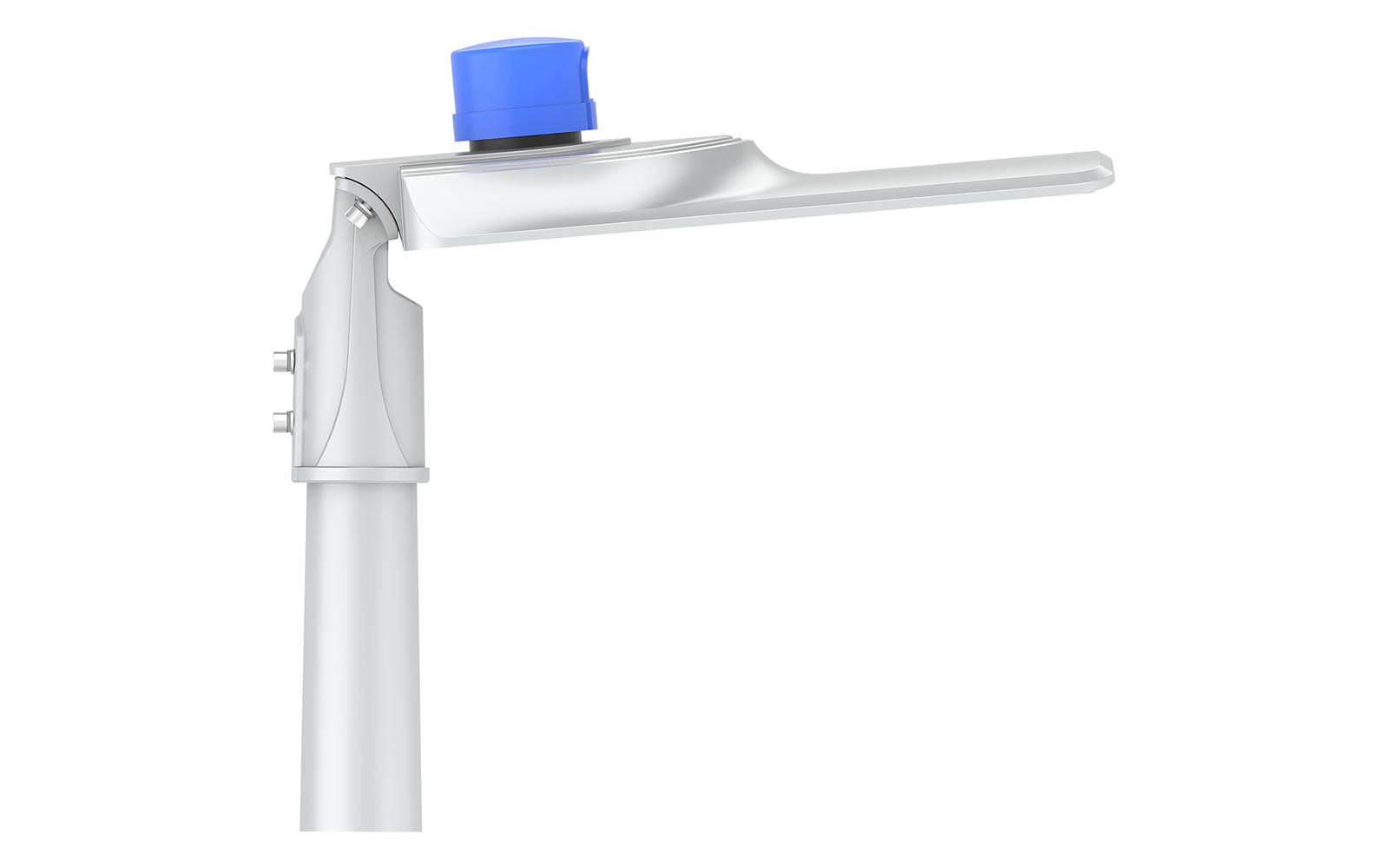
Motion Sensor
A motion sensor detects movement in its detection range and activates lights only when motion is present. Unlike light sensors, motion sensors do not measure brightness but instead react to physical movement, making them ideal for security and energy-efficient lighting.
How it works:
– The sensor scans for motion using infrared, microwave, or ultrasonic signals.
– If movement is detected, the light turns on immediately.
– After a set time with no further movement, the light automatically turns off.
Common applications:
– Security lighting – Activates floodlights when motion is detected in outdoor areas.
– Indoor automation – Automatically turns on lights in hallways, staircases, or bathrooms.
– Commercial buildings and warehouses – Improves energy efficiency by lighting only occupied areas.
– Parking lots and garages – Ensures visibility and safety while reducing unnecessary energy use.
Limitations:
– Does not respond to ambient light levels, meaning it may activate even in daylight.
– Can be affected by sensor range, sensitivity, and obstructions that block detection.
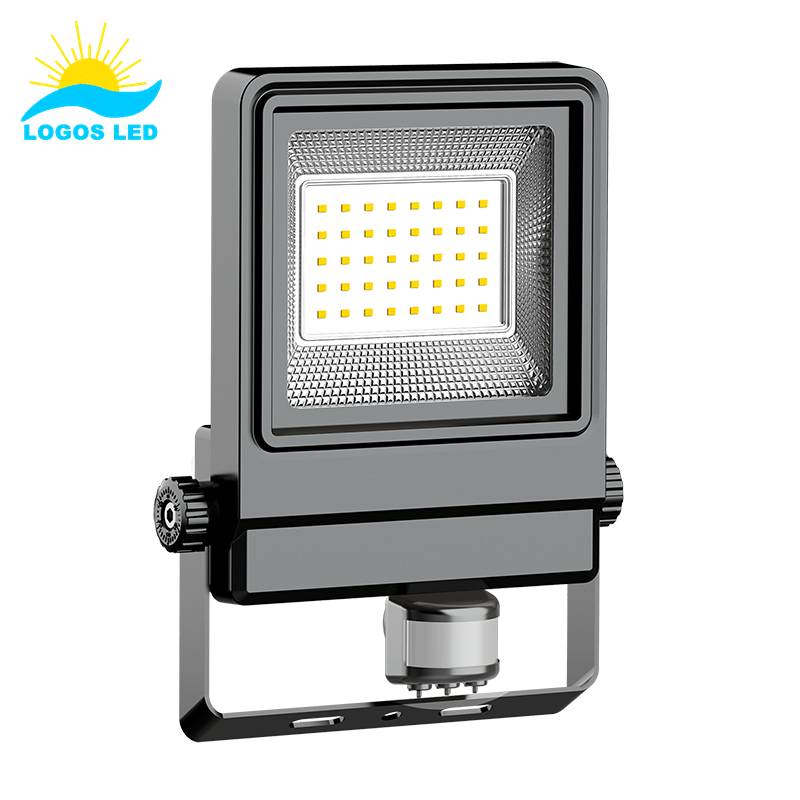
Key Differences Between Light Sensors and Motion Sensors
| Feature | Light Sensor | Motion Sensor |
|---|---|---|
| Function | Detects ambient brightness levels | Detects movement within a certain range |
| Activation | Turns lights on or off based on natural light availability | Activates lights when motion is detected |
| Purpose | Energy efficiency and daylight control | Security, automation, and energy savings |
| Common Use Cases | Streetlights, daylight harvesting, smart indoor lighting | Security lighting, garages, hallways, bathrooms |
| Sensor Type | Uses photocell or ambient light sensor | Uses PIR, microwave, or ultrasonic technology |
| Works in Daylight | Yes, adjusts brightness based on sunlight | No, can trigger even during daylight unless combined with a light sensor |
Choosing the Right Sensor for Your Lighting System
- For outdoor lighting that turns on at dusk and off at dawn, a light sensor is the best choice.
- For security lighting that only activates when movement is detected, a motion sensor is more suitable.
- For energy-efficient automation, both sensors can be combined to ensure lights activate only when motion is detected and ambient light is low.
By understanding the differences between light sensors and motion sensors, users can choose the right technology for their specific lighting needs, whether for security, energy efficiency, or convenience.
Different Types of Motion Sensor Lights
Motion sensor lights come in various designs to suit different applications, offering convenience, security, and energy efficiency. They automatically turn on when movement is detected, eliminating the need for manual operation and reducing unnecessary energy consumption. Choosing the right type of motion sensor light depends on factors such as location, power source, and intended use. Below are the most common types of motion sensor lights and their applications.
Outdoor Motion Sensor Lights
Outdoor motion sensor lights are primarily used for security and safety. These lights activate when movement is detected outside a home, office, or commercial space, helping deter trespassers and improve visibility at night.
How they work:
– Equipped with PIR (passive infrared) sensors, microwave sensors, or dual technology sensors to detect motion.
– Typically have a wide detection range to cover driveways, pathways, backyards, and entry points.
– Often weatherproof (IP65 or higher) to withstand outdoor conditions such as rain, snow, and dust.
Common applications:
– Home security – Installed near entrances, driveways, and backyards to alert homeowners of movement.
– Commercial properties – Used outside offices, warehouses, and parking lots to enhance security.
– Pathway and garden lighting – Ensures safe navigation in outdoor areas after dark.
Indoor Motion Sensor Lights
Indoor motion sensor lights are designed for hands-free operation, providing convenience and energy savings in frequently used areas. These lights turn on automatically when movement is detected and turn off when no motion is present.
How they work:
– Use PIR or ultrasonic sensors to detect movement within enclosed spaces.
– Can be battery-operated, hardwired, or plug-in models.
– Some models feature adjustable timer settings to control how long the light stays on.
Common applications:
– Hallways and staircases – Prevents the need to fumble for light switches at night.
– Bathrooms and closets – Activates lighting only when needed, saving energy.
– Garages and basements – Provides instant illumination in dark areas.
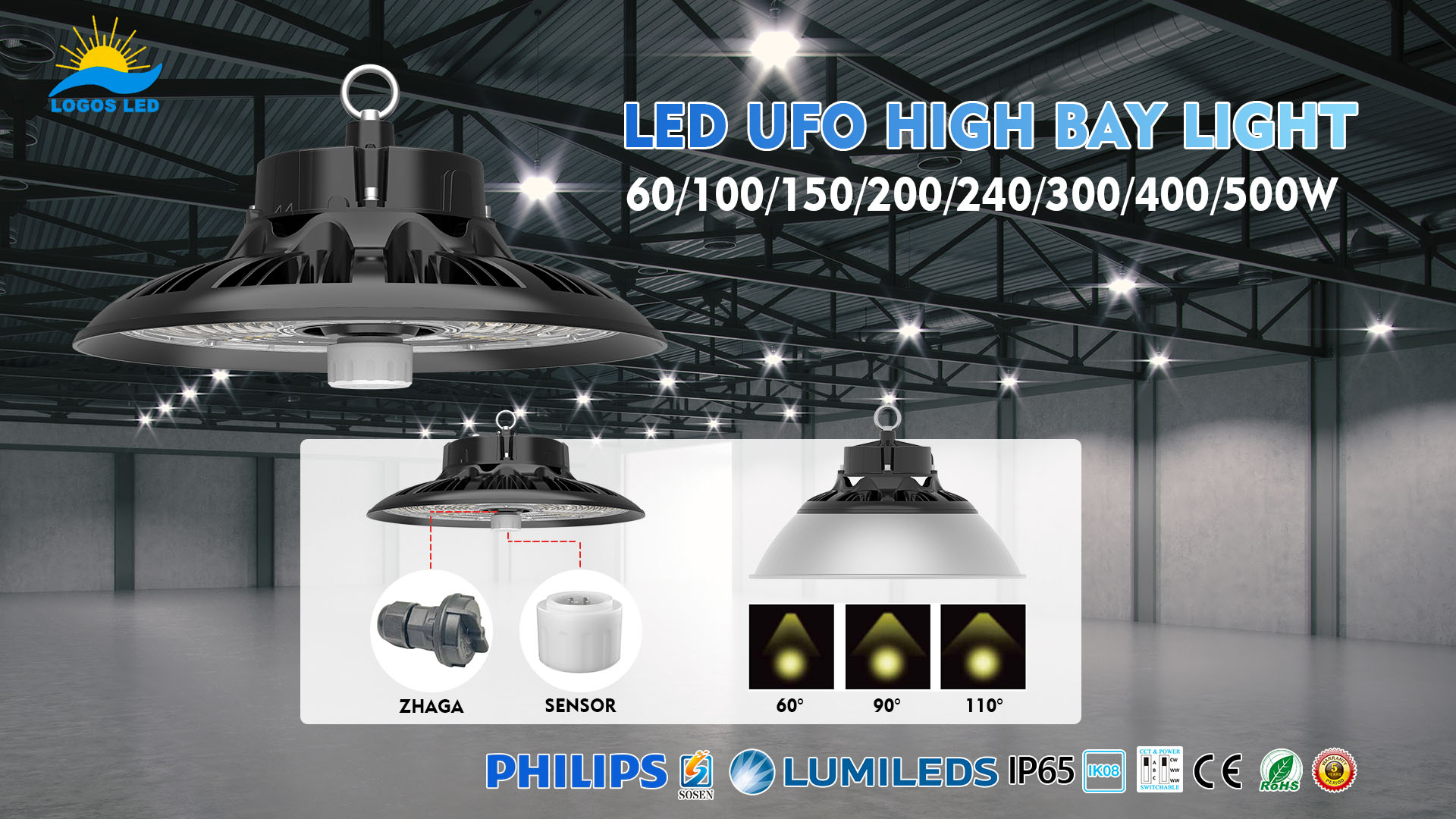
Solar Motion Sensor Lights
Solar-powered motion sensor lights are energy-efficient and environmentally friendly, using solar panels to charge during the day and power the lights at night. They are an excellent choice for areas without direct access to electrical wiring.
How they work:
– Solar panels collect sunlight and store energy in rechargeable batteries.
– At night, the motion sensor detects movement and activates the stored energy to power the light.
– Most models come with adjustable sensitivity and brightness settings.
Common applications:
– Outdoor gardens, patios, and fences – Provides reliable lighting without increasing electricity costs.
– Remote locations and rural areas – Ideal for places where wiring installation is difficult.
– Public parks and pathways – Offers sustainable lighting solutions for community spaces.
Wireless Motion Sensor Lights
Wireless motion sensor lights are designed for easy installation and portability. They are powered by batteries, solar energy, or rechargeable power sources, making them versatile for both indoor and outdoor use.
How they work:
– Do not require electrical wiring, making them suitable for renters or temporary installations.
– Often come with adhesive backings or mounting brackets for quick setup.
– Can be used in combination with smart home systems for remote control.
Common applications:
– Entryways and porches – Quick installation without wiring.
– Storage sheds and attics – Ideal for places where running electrical lines is impractical.
– Camping and outdoor trips – Provides portable lighting for temporary outdoor setups.
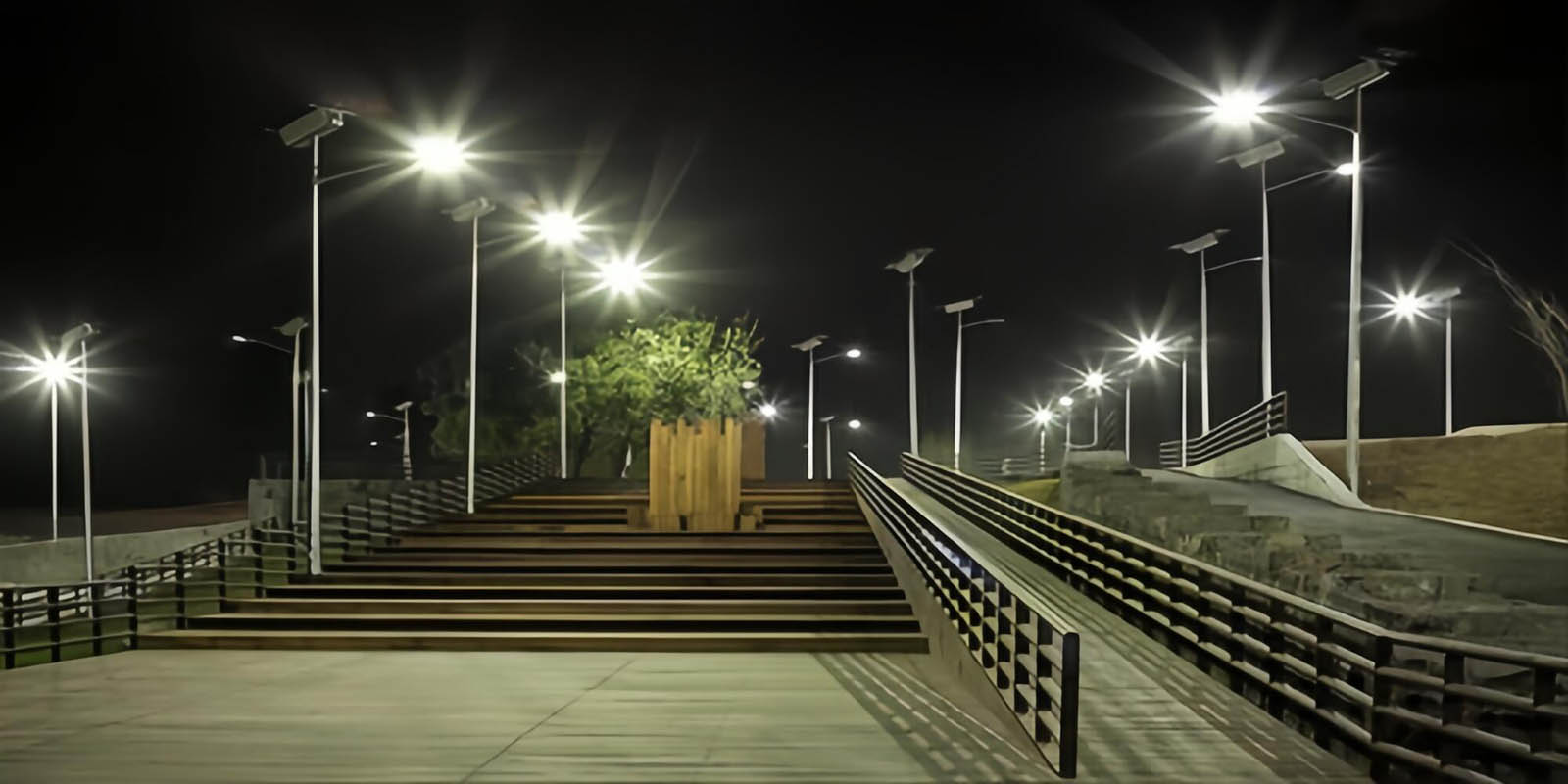
What Are the Pros and Cons of Motion Sensor Lights?
Pros:
- Energy Savings – Lights turn on only when needed.
- Security – Deters intruders and increases safety.
- Convenience – No need to manually switch lights on and off.
- Smart Home Integration – Can be connected to security systems.
Cons:
- False Triggers – Can be activated by pets, wind, or passing cars.
- Limited Detection Range – Some sensors may not detect movement beyond a certain distance.
- Higher Initial Cost – Motion sensor lights are more expensive than regular lights.
Despite some downsides, motion sensor lights are a great investment for security and efficiency.
How Long Do Motion Sensors Last?
The lifespan of motion sensors depends on their type and usage:
- PIR Sensors – Last 5-10 years with proper maintenance.
- Microwave Sensors – Can last over 10 years but may need recalibration.
- Solar Motion Sensors – Battery life varies but usually lasts 3-5 years.
Replacing batteries and keeping sensors clean ensures longer-lasting performance.
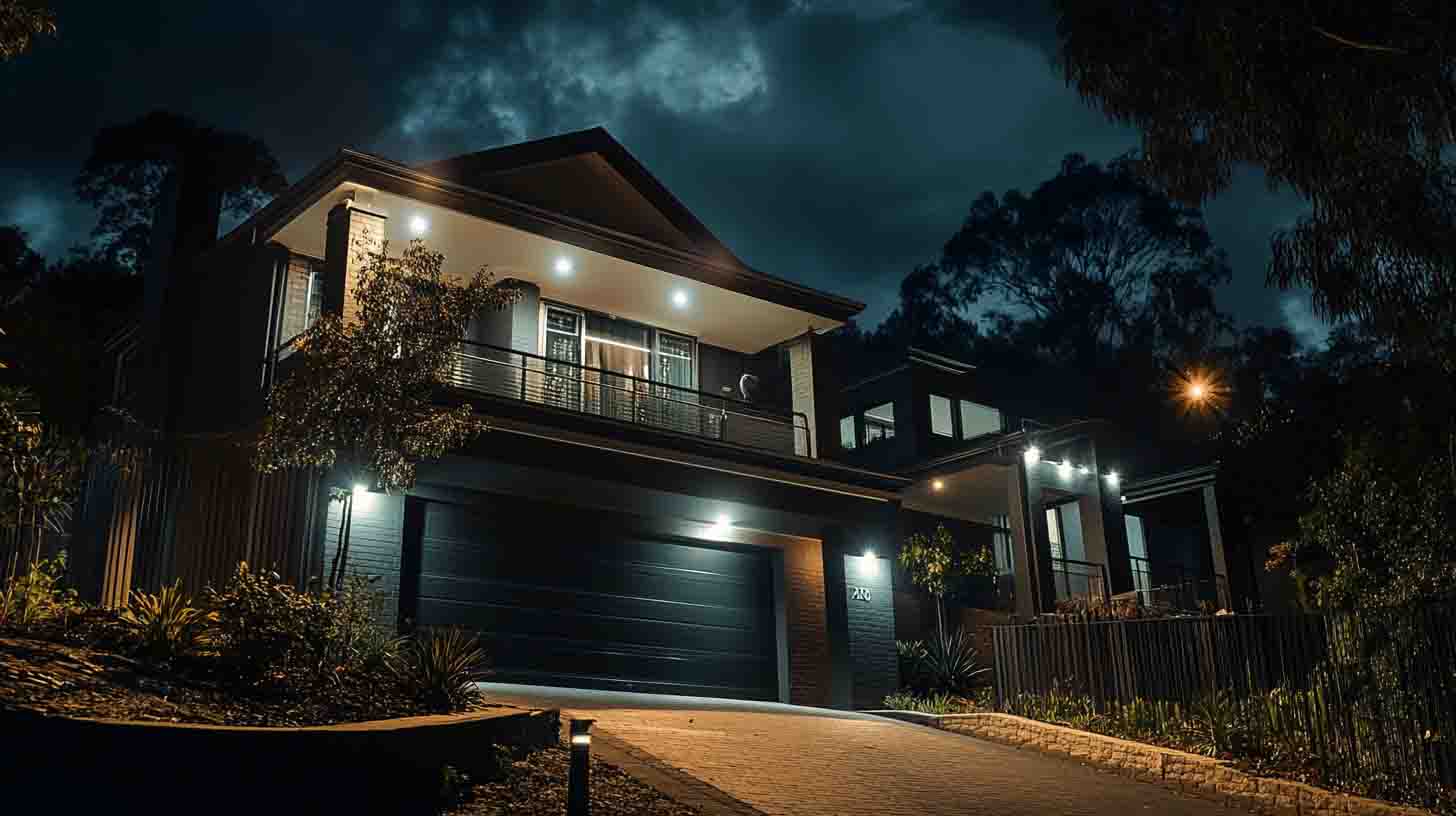
Do Motion Sensor Lights Use a Lot of Electricity?
No, motion sensor lights save electricity because they turn off when not needed. LED motion sensor lights are even more energy-efficient, consuming up to 80% less power than traditional bulbs.
- LED Motion Sensor Lights – Use 5-30W, depending on brightness.
- Traditional Floodlights – Can use 100W or more.
Switching to LED motion sensor lights significantly reduces energy bills.
Applications of Motion Sensor Lights
Motion sensor lights are widely used across different environments to improve security, energy efficiency, and convenience. These lights automatically turn on when movement is detected and turn off when no activity is present, reducing unnecessary energy consumption. Their versatility makes them an essential lighting solution for both residential and commercial spaces. Below are the key applications of motion sensor lights.
Home Security
One of the most common applications of motion sensor lights is for home security. These lights deter potential intruders by illuminating entry points, driveways, and backyards when motion is detected. Bright, sudden lighting can startle trespassers, making them less likely to approach.
Common uses in home security:
– Installed near front doors, garages, and pathways to provide visibility at night.
– Used in backyard and side yard areas to detect unwanted movement.
– Helps prevent accidents by lighting up stairs and entryways in the dark.
Commercial Buildings
In office buildings, warehouses, and other commercial settings, motion sensor lights help automate lighting and improve workplace efficiency. They are commonly installed in hallways, restrooms, stairwells, and storage rooms where continuous lighting is not always necessary.
Common uses in commercial spaces:
– Automatically activates lighting in hallways when movement is detected.
– Improves safety in stairwells and emergency exits by ensuring proper illumination.
– Reduces electricity consumption in less frequently occupied areas such as storage rooms and meeting spaces.
Garages and Driveways
Motion sensor lights are a practical solution for garages and driveways, providing instant illumination when vehicles or people approach. They enhance safety and convenience, ensuring that drivers can see clearly when entering or exiting their garages.
Common uses in garages and driveways:
– Lights up the driveway when a vehicle approaches, improving visibility.
– Provides automatic lighting inside garages, removing the need for manual switches.
– Enhances security by alerting homeowners to unexpected movement outside.
Public Spaces
Motion sensor lights play a crucial role in public spaces, improving visibility and reducing energy consumption. They are commonly used in street lighting, parks, and parking lots to ensure well-lit areas only when necessary.
Common uses in public areas:
– Installed in pedestrian walkways and sidewalks for better nighttime safety.
– Used in public parks to provide lighting in specific areas without excessive energy use.
– Enhances visibility in parking lots, reducing the risk of accidents and theft.
Smart Homes
Motion sensor lights can be integrated with smart home automation systems to offer hands-free lighting control. They work with smart assistants and connected devices to create seamless lighting solutions.
Common uses in smart homes:
– Lights automatically turn on when someone enters a room and turn off when no motion is detected.
– Integrated with smart assistants like Alexa and Google Home for voice-activated control.
– Used in combination with smart dimmers and color-changing bulbs for customizable lighting settings.
Enhancing Safety, Efficiency, and Convenience
From home security to public safety, motion sensor lights offer significant advantages in various environments. They help reduce energy waste, improve safety, and provide hands-free convenience. Whether for residential, commercial, or outdoor use, motion sensor lighting is a reliable solution that enhances overall lighting efficiency.

Conclusion
Motion sensor lights are a smart solution for energy efficiency, security, and convenience. Understanding different types like PIR, microwave, and active sensors helps in selecting the best option for your needs. Investing in motion sensor lights saves energy while improving safety.
Need high-quality motion sensor LED lighting? Contact us today for expert advice and top-rated products!


